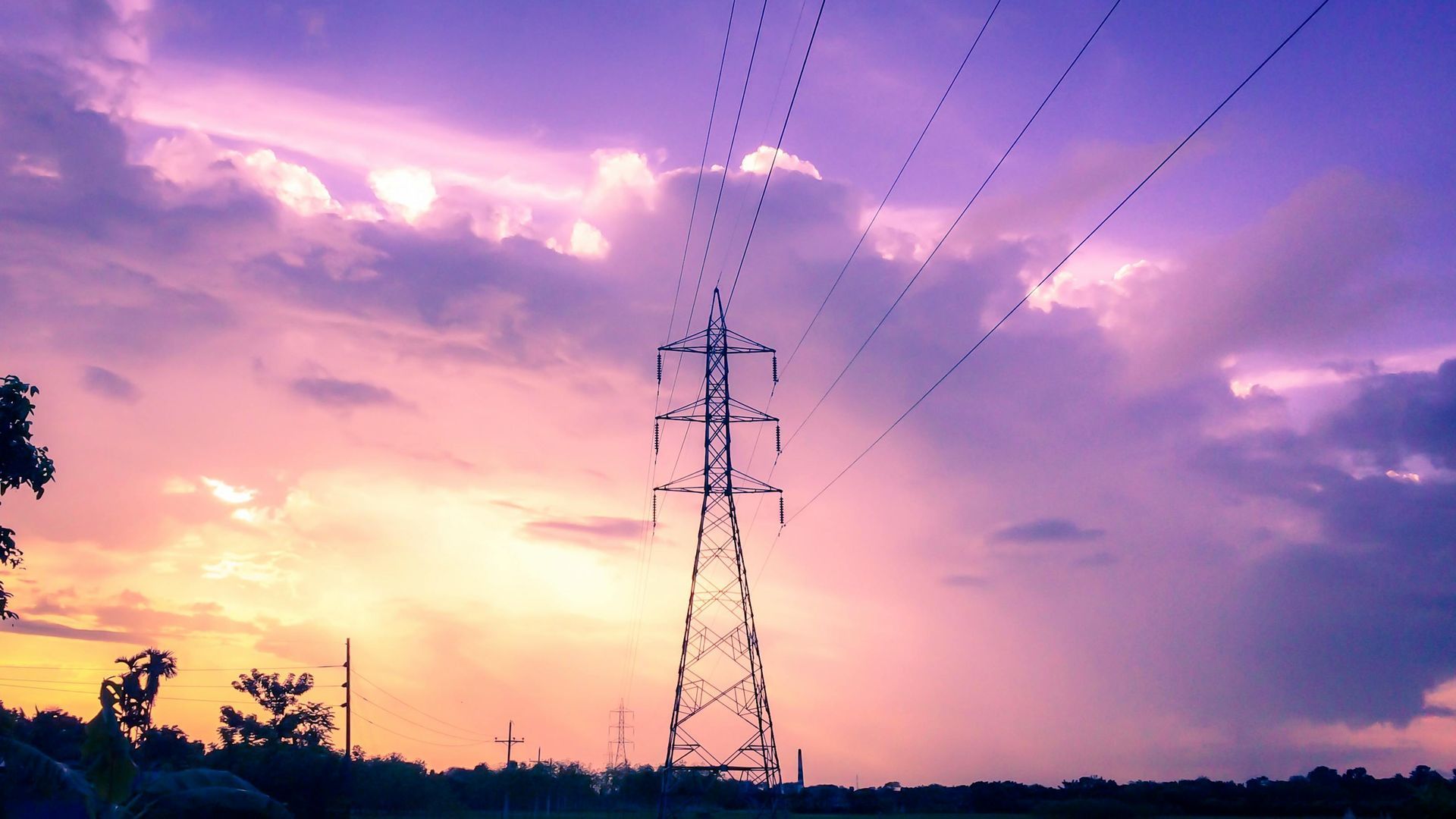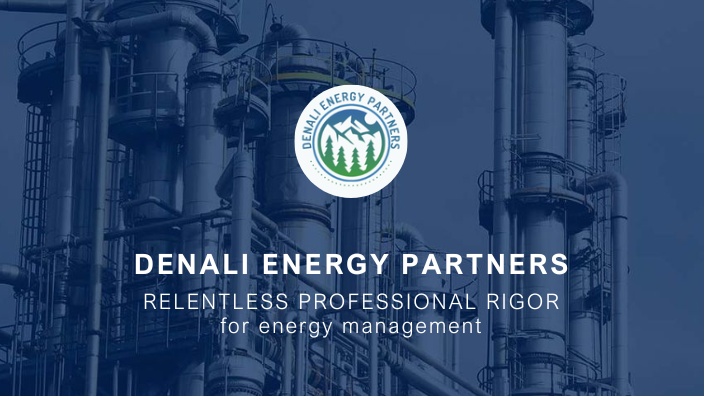Sustainable and Renewable Energy for Industrial Parks: Introduction
Denali-ep
| 2 de octubre de 2024
Sustainable and Renewable Energy for Industrial Parks: Introduction
The need for sustainable and renewable energy in industrial parks has become a central issue in today’s context of climate change and resource scarcity. Adopting sustainable energy practices is not only crucial for protecting our planet but also offers significant long-term economic benefits.
Definition of Sustainable and Renewable Energy
Sustainable and renewable energy refers to energy sources that can be maintained long-term without depleting natural resources or causing significant environmental harm. But what’s the difference between these two terms?
Differences Between Sustainable and Renewable Energy
Sustainable energy focuses on using resources that won’t be depleted and can be maintained indefinitely. Renewable energy, meanwhile, refers to resources that regenerate naturally and are replenished over time, like solar and wind power.
Importance of Sustainable Energy in Industrial Parks
Environmental Benefits
Using renewable energy in industrial parks significantly reduces greenhouse gas emissions. This helps combat climate change and reduces local pollution, improving air quality and the health of surrounding communities.
Economic Benefits
Although the initial investment can be high, renewable energy offers lower operational costs in the long term. Additionally, energy independence reduces vulnerability to fluctuations in fossil fuel prices.
Sources of Sustainable Energy
Solar Energy
Photovoltaic Solar Panels
These panels convert sunlight directly into electricity and can be installed on the rooftops of industrial buildings.
Concentrated Solar Power (CSP) Systems
CSP systems use mirrors or lenses to concentrate a large area of sunlight onto a small area to generate high temperatures and electricity.
Wind Energy
Wind Turbines in Industrial Parks
Wind turbines can be an excellent source of clean energy for industrial parks, taking advantage of constant wind patterns.
Geothermal Energy
This energy harnesses heat from beneath the Earth's surface to generate electricity and heat, offering high efficiency in regions with geothermal activity.
Hydroelectric Energy
Though typically used on a large scale, small-scale hydroelectric installations can be adapted for industrial parks near water sources.

Implementation of Renewable Energy in Industrial Parks
Energy Potential Assessment
A detailed analysis of available renewable energy resources is crucial when planning for renewable energy integration in industrial parks.
Investment and Financing
Seeking funding sources such as green grants and loans can make adopting these technologies more accessible.
Integrating Energy Systems
Combining various renewable energy sources can maximize efficiency and ensure a reliable energy supply.
Innovative Technologies for Energy Sustainability
Smart Grids
Smart grids allow for efficient management of electricity flow, improving distribution and reducing energy loss.
Energy Storage
Lithium Batteries
Lithium batteries are ideal for storing solar and wind energy, ensuring continuous energy supply even when the sun isn’t shining or the wind isn’t blowing.
Thermal Storage
Thermal energy storage systems store heat for later use, which is particularly useful in industrial processes that require high temperatures.
Global Success Stories
Industrial Parks in Europe
Many European industrial parks have adopted renewable energy, leading the way toward a more sustainable future.
Industrial Parks in Asia
Countries like China and India are rapidly adopting renewable energy, driven by favorable government policies.
Industrial Parks in Latin America
Brazil and Chile stand out for their use of solar and wind energy in industrial parks, taking advantage of their abundant natural resources.
Challenges in Adopting Sustainable Energy
Economic Barriers
The high initial cost of installation can be a significant obstacle for many industrial parks.
Technical Barriers
Integrating new technologies may require upgrades to existing infrastructure.
Political Barriers
The lack of clear policies and incentives can slow the adoption of renewable energy.
The Future of Sustainable Industrial Parks
Future Trends
An increase in the use of smart technologies and a greater integration of diverse renewable energy sources is expected in the future.
Expected Policies and Regulations
Governments are likely to implement more policies and regulations that encourage the use of renewable energy in industrial parks.
Conclusion
Transitioning to sustainable and renewable energy in industrial parks is essential for a cleaner and more economically viable future. Although there are challenges, the environmental and economic benefits make this transition worthwhile.
What are the main sources of renewable energy for industrial parks?
The primary sources of renewable energy for industrial parks include solar power, wind energy, geothermal energy, and hydroelectric power. Each of these sources provides a sustainable way to meet energy demands while reducing environmental impact.
How can industrial parks benefit from adopting renewable energy?
Industrial parks can benefit from renewable energy by lowering operational costs, reducing dependence on fossil fuels, improving energy security, and decreasing their carbon footprint, which enhances their environmental sustainability.
Is renewable energy cost-effective for industrial parks?
While the initial setup costs for renewable energy systems like solar panels or wind turbines may be high, they often result in long-term savings through reduced energy costs and lower maintenance expenses, making them cost-effective in the long run.
What are the challenges of implementing renewable energy in industrial parks?
The main challenges include high upfront investment, technical integration with existing infrastructure, and the need for favorable government policies or incentives to make renewable energy more accessible for industrial use.
Can renewable energy completely replace conventional energy sources in industrial parks?
In many cases, renewable energy can cover a significant portion of an industrial park’s energy needs. However, depending on factors like geographic location and energy demand, some industrial parks may still rely on a combination of renewable and conventional energy sources.




